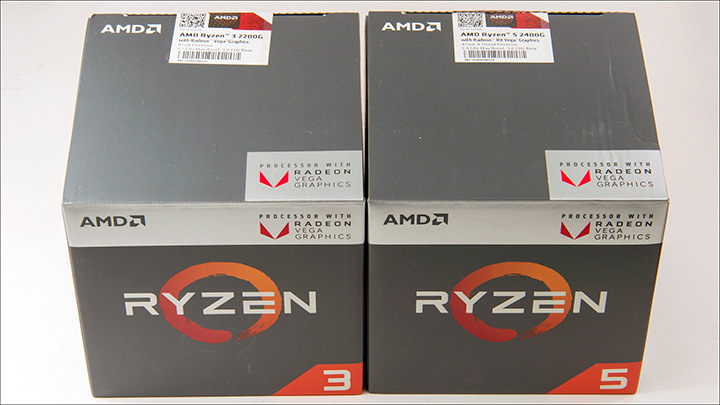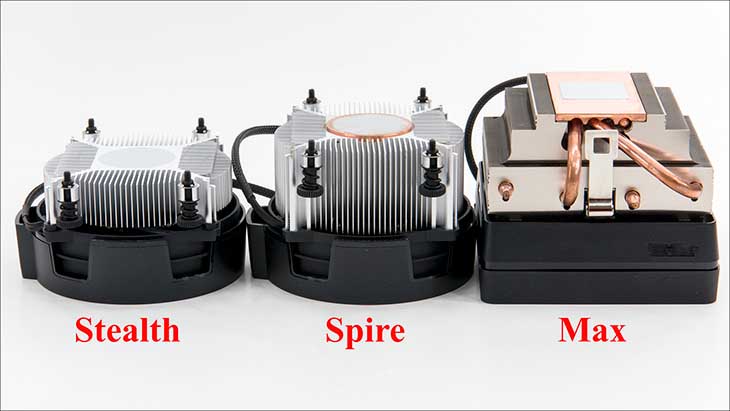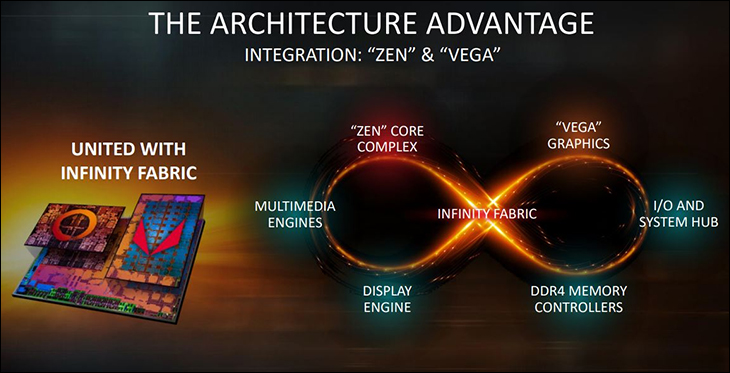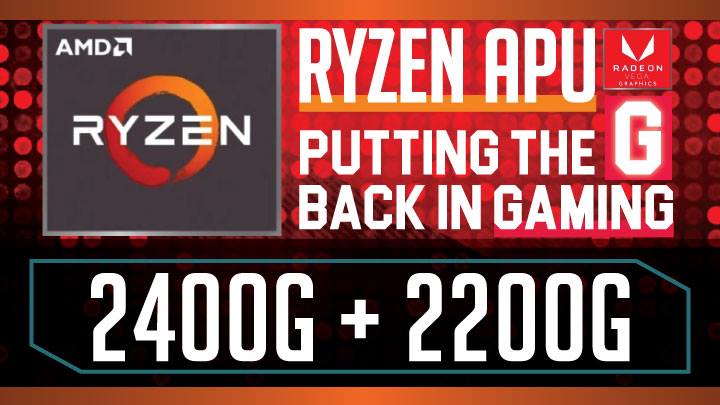
Before we being to drill down into their specifics we feel it is best to start with how these two new APUs are the same and how they differ. Firstly, and much like their CPU only Ryzen brethren, potential buyers of a Ryzen APU can expect to see a nicely sized and aesthetically pleasing shipping container… that looks almost like the typical Ryzen shipping containers. The ‘only’ difference is that it will have a large, bold silver banner at the top that proudly states they are Radeon Vega enabled. Yes, it may be a very similar shipping container but no one is going to mistake either the Ryzen 3 2200G or Ryzen 5 2400G APUs with a Ryzen CPU. Inside this shipping container is housed the CPU in a nice little cardboard box and plastic clamshell holder, and a CPU cooler.

Also the same, is the CPU cooling solution that AMD ships with both Ryzen APUs. As these are 65-TDP APU models AMD decided that their Wraith Stealth was more than up to the task of keeping these dual-purpose processors from thermal limiting. In the next section we will go over our issues with this decision, but we will state that this is still very decent stock cooler that strongly reminds us of an improved version of Intel’s stock CPU cooler. Basically, it is a low-profile cooling solution that lacks the copper core (and about half the mass) of the AMD Wraith Spire… but unlike Intel’s version does not rely upon push-pins to secure to it the motherboard. Instead it is secured by large bolts that screw into the stock AM4 socket backplate. As such it may not be as impressive as what some of the other Ryzen processors come with, it still is leaps and bounds better than what Intel ships with their lower priced models.

In broad strokes on how they differ is… almost everything else. While both are four Ryzen core based APU’s that have the same amount of L1/L2/L3 cache the Ryzen 3 2200G does not have native SMT enabled. Instead only the Ryzen 5 2400G comes with this performance boosting feature – and will be seen as a ‘8’ threaded processor by the OS. The four cores are also clocked differently. The Ryzen 5 2400G has a base clock of 3.6Ghz and will (when possible) boost frequencies by a full three hundred Megahertz to 3.9GHz. The Ryzen 3 2200G on the other hand is still clocked fairly decently but has a hundred MHz lower setting on its base clock (3.6GHz) and can only boost two hundred Megahertz higher to 3.7Ghz.
On the integrated graphics side of the equation the Ryzen 5 2400G comes with eleven compute units with a factory setting of 1.24Ghz, whereas the Ryzen 3 2200G comes with eight (the same number of CUs as previous APU generations) that clock in at 1.1Ghz. That is the broad strokes on how they differ. Now let’s get into the nitty gritty on what they actually are.











